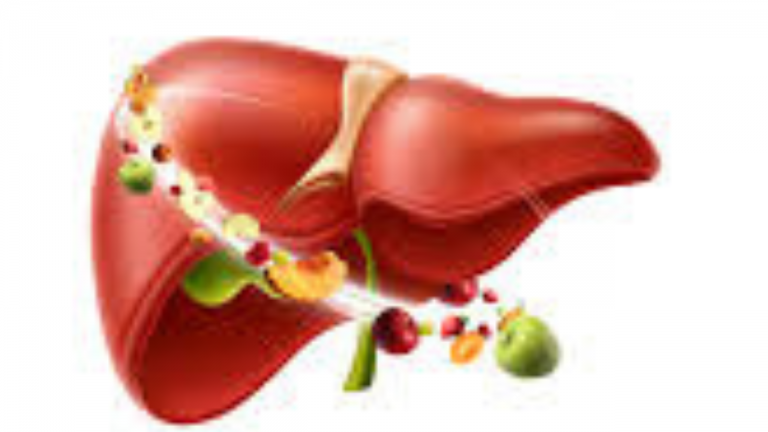What are the Nutritional Differences Between Whole Milk, Skim Milk, and Fruit Juice?

Whole milk, skim milk, and fruit juice all have different nutritional profiles. Here’s a breakdown of their nutritional differences:
Whole milk:
Contains about 3.25% fat
Provides a good source of protein, calcium, and vitamin D
Provides about 150 calories per 8-ounce serving
Contains saturated fat and cholesterol, which can increase the risk of heart disease if consumed in excess
Skim milk:
Contains less than 0.5% fat
Provides a good source of protein, calcium, and vitamin D
Provides about 90 calories per 8-ounce serving
Has a lower calorie and fat content than whole milk, making it a good option for those trying to limit their calorie intake or reduce their fat intake
Some studies suggest that consuming low-fat dairy products like skim milk may be associated with a lower risk of heart disease and other health problems.
Fruit juice:
Contains natural sugars and provides some vitamins and minerals, such as vitamin C and potassium
Provides about 120-150 calories per 8-ounce serving
Does not provide the same amount of protein or calcium as milk
Can be high in sugar, which can contribute to weight gain and tooth decay if consumed in excess
Some studies suggest that consuming high amounts of fruit juice may be associated with an increased risk of type 2 diabetes.
Overall, while all three beverages provide some nutritional benefits, whole milk, and fruit juice can be high in calories and sugar, respectively. Skim milk is a good option for those looking for a lower calorie and lower fat alternative to whole milk, while still providing similar amounts of protein, calcium, and vitamin D. It’s important to consume these beverages in moderation as part of a balanced diet.



